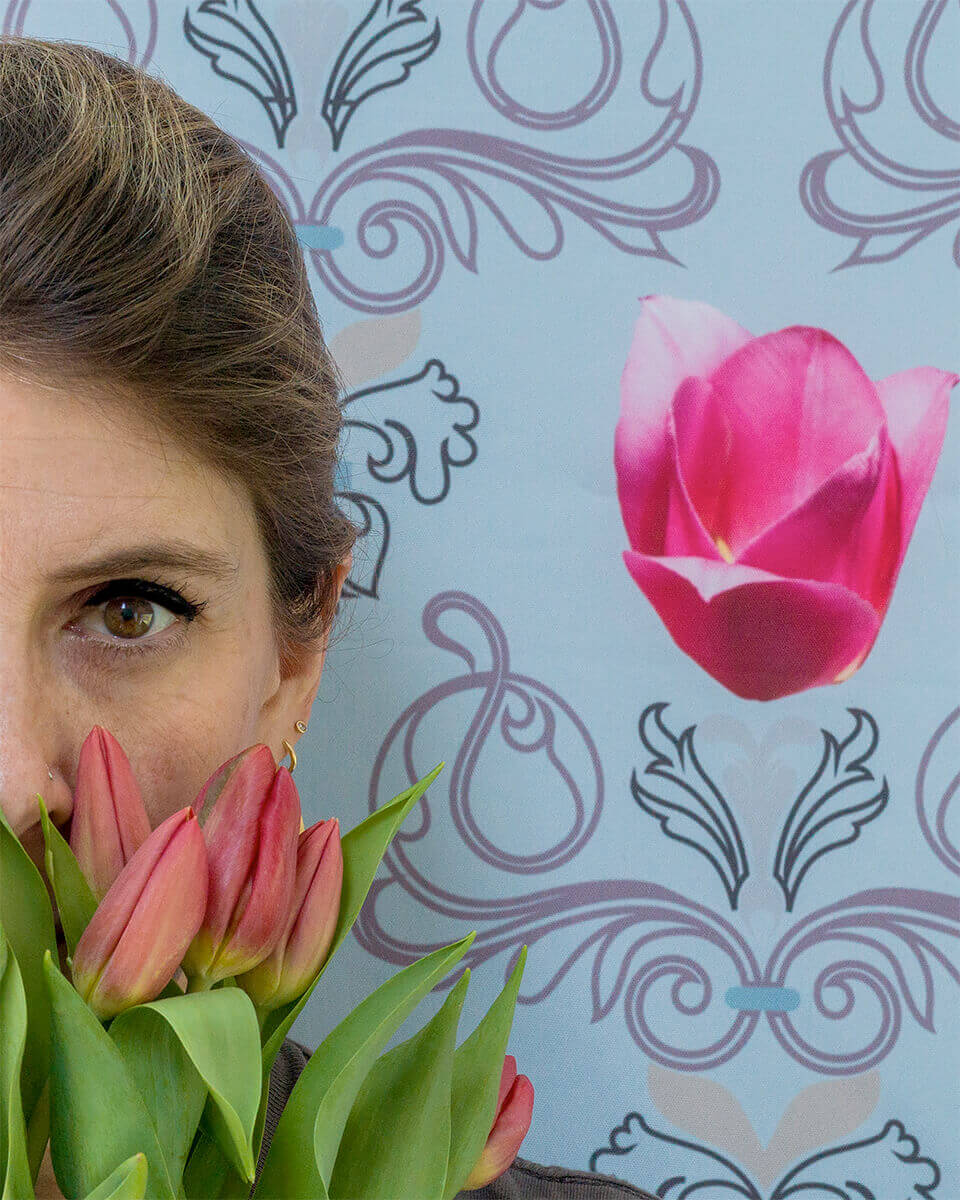Diana Cheren Nygren is a fine art photographer from Boston, Massachusetts. Her work explores the visual character of place defined through physical environment and weather. Place has implications for our experience of the world, and reveals hints about the culture around it. Her photographs address serious social questions through a blend of documentary practice, invention, and humor.
Diana was trained as an art historian with a focus on modern and contemporary art, and the relationship of artistic production to its socio-political context. Her emphasis on careful composition in her photographic work, as well as her subject matter, reflects this training. Her work as a photographer is the culmination of a life-long investment in the power of art and visual culture to shape and influence social change.
Her project When the Trees are Gone has been featured in Dek Unu Mag, Square Magazine, Photonews, Domus Magazine online, Cities Magazine, and iLeGaLiT, and won Best In Show in the exhibition Nurture/Nature juried by photographer Laura McPhee, the Grand Prize in Photography from Art Saves Humanity, Discovery of the Year in the 2020 Tokyo International Foto Awards, 2nd place in Fine Art/Collage in the 2020 International Photo Awards, silver in Fine Art/Collage in the Budapest International Foto Awards, bronze in Fine Art/Digitally Enhanced in the 2020 Prix de la Photographie, was longlisted for the Hopper Prize and the BBA Photography Prize, and was a finalist for Fresh2020 and Urban2020 and a Merit Winner in the 2020 Rfotofolio Selections.
Article
The Persistence of Family
All About Photo Competitions
AAP Magazine #21 Colors
December 2021 Solo Exhibition
All About Photo Awards 2022
AAP Magazine #29 Women
July 2023 Solo Exhibition
